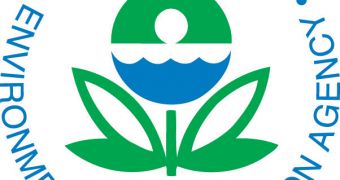The U.S. Environmental Protection Agency (EPA) is continuing its efforts to include environmental justice into the Agency’s programs, policies, and activities with the launch of a three-year plan aimed at protecting people’s health in communities overburdened by pollution.
Plan EJ 2014, as it is dubbed by the EPA, is not a rule or regulation, but a strategy that will also empower communities to take action to improve their health and environment, and engage local, state, tribal and federal organizations to meet that goal.
EPA defines “environmental justice” as the fair treatment and meaningful involvement of all people regardless of race, color, national origin, or income with respect to the development, implementation, and enforcement of environmental laws, regulations, and policies.
The plan is named in recognition of the mandate of Executive Order 12898, “Federal Actions to Address Environmental Justice in Minority Populations and Low-Income Populations,” which states that each federal agency, with the law as its guide, should make environmental justice part of its mission.
“Far too often, and for far too long, low-income, minority and tribal communities have lived in the shadows of some of the worst pollution, holding back progress in the places where they raise their families and grow their businesses,” said Lisa F. Garcia, senior advisor to the EPA Administrator for Environmental Justice. “Today’s release of Plan EJ 2014 underscores Administrator Jackson's ongoing commitment to ensuring that all communities have access to clean air, water and land, and that all Americans have a voice in this environmental conversation.”
EPA’s Plan EJ 2014 has three major sections: Cross-Agency Focus Areas, Tools Development Areas, and Program Initiatives. In 2014, EPA will make an assessment of its progress in achieving the goals of Plan EJ 2014. Based on this assessment, EPA will produce a report on the accomplishments, lessons learned, challenges, and next steps for continuing the Agency’s efforts to make environmental justice an integral part of every decision.

 14 DAY TRIAL //
14 DAY TRIAL //